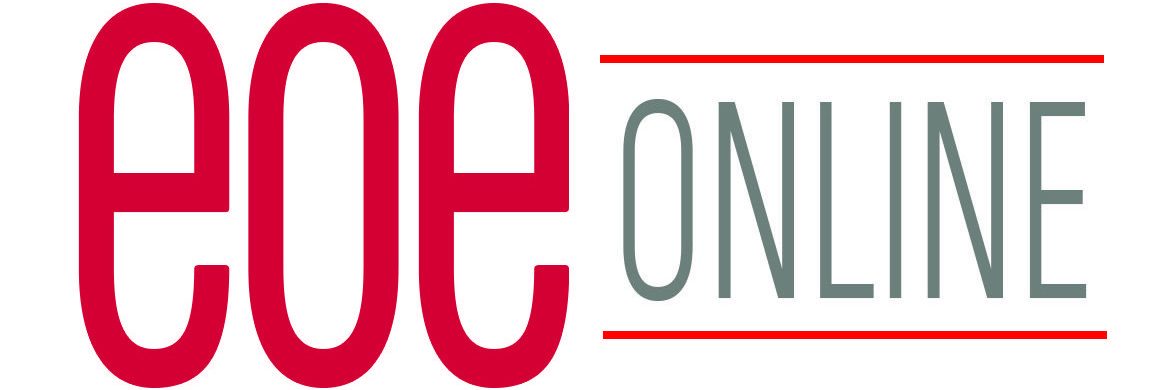
by James Nash@inbeta_io
Today, the age of corporate social justice is dawning. With the business case for diversity, equity, and inclusion (DEI) now more vital than ever, we’re beginning to see organizations truly embrace social activism.
And while social justice was, rightly, the initial impetus, companies are finally waking up to the business case for diversity initiatives. Recent research by McKinsey shows that organizations with the most ethnically diverse teams are 36% more likely to financially outperform those with the least. This is because diversity increases revenue boosts innovation, sparks creativity and leads to better decision-making.
But the truth is, the more diversity you have, the more challenging it can be.
The problem is that business leaders and diversity advocates have failed to consider an approach to diversity that goes beyond “add diversity and stir.” Diversity is not a numbers game wherein the solution is to merely increase the numbers of traditionally underrepresented groups in your workforce.
Now, as the world adjusts following the pandemic, it’s time to stop pretending that outdated diversity programs work. So let’s explore some of the measures leaders can take to root out bias and subjectivity from the outset, and instead adopt an approach of “radical objectivity” — combining data and human science to ensure that talent and merit win every time.
Inclusion is about more than hitting diversity recruiting optics
Diversity in the workplace starts with an inclusive culture. Unfortunately, many companies get this wrong. This is because diversity is quantitative — it’s the extent of heterogeneity within your workforce. On the other hand, inclusion describes the experiences of different individuals in the workforce and the degree to which they’re invited to participate.
Delivering on inclusion, therefore, is about more than hitting diversity recruiting optics. Done right, an inclusive culture should help to foster a sense of belonging and shared values. By arming themselves with data and insight instead of diversity quotas, forward-thinking organizations can create an environment in which individuals of all backgrounds can thrive.
So how do they get there?
It starts with language
Diversity initiatives often fail because they land too late in the employee journey to have a lasting impact. Change needs to be embedded in the talent acquisition process, which means evolving the way that you engage with your prospective employees — starting with language.
The words you choose to bring your business to life will make the difference: Words are influential ambassadors of your workplace’s culture. Technology and data analysis can help you here, providing robust insights on the messages you’re sending.
For example, are you using gender-coded or inclusive-coded language to attract inclusion-minded people? Are you taking the time to update your communications regularly to make sure they’re understanding of different cultural contexts — not just gender and ethnicity but organizational and generational, too?
And it’s not just the language that you use in your marketing that matters. Have you considered the words used by your hiring managers and recruiters? At Inbeta, we use technology that enables organizations to move beyond the basics when it comes to inclusion.
For example, we bury specific questions in our recruitment interviews, the answers to which can be linguistically analyzed to understand the genuine values and behaviors of candidates, recruiters, and hiring managers. This means you no longer need to rely on simplistic “bias checker” software, which tends to be based on outdated research with few controls on data integrity.
To read this article in its entirety, at TechCrunch.com, click here.
